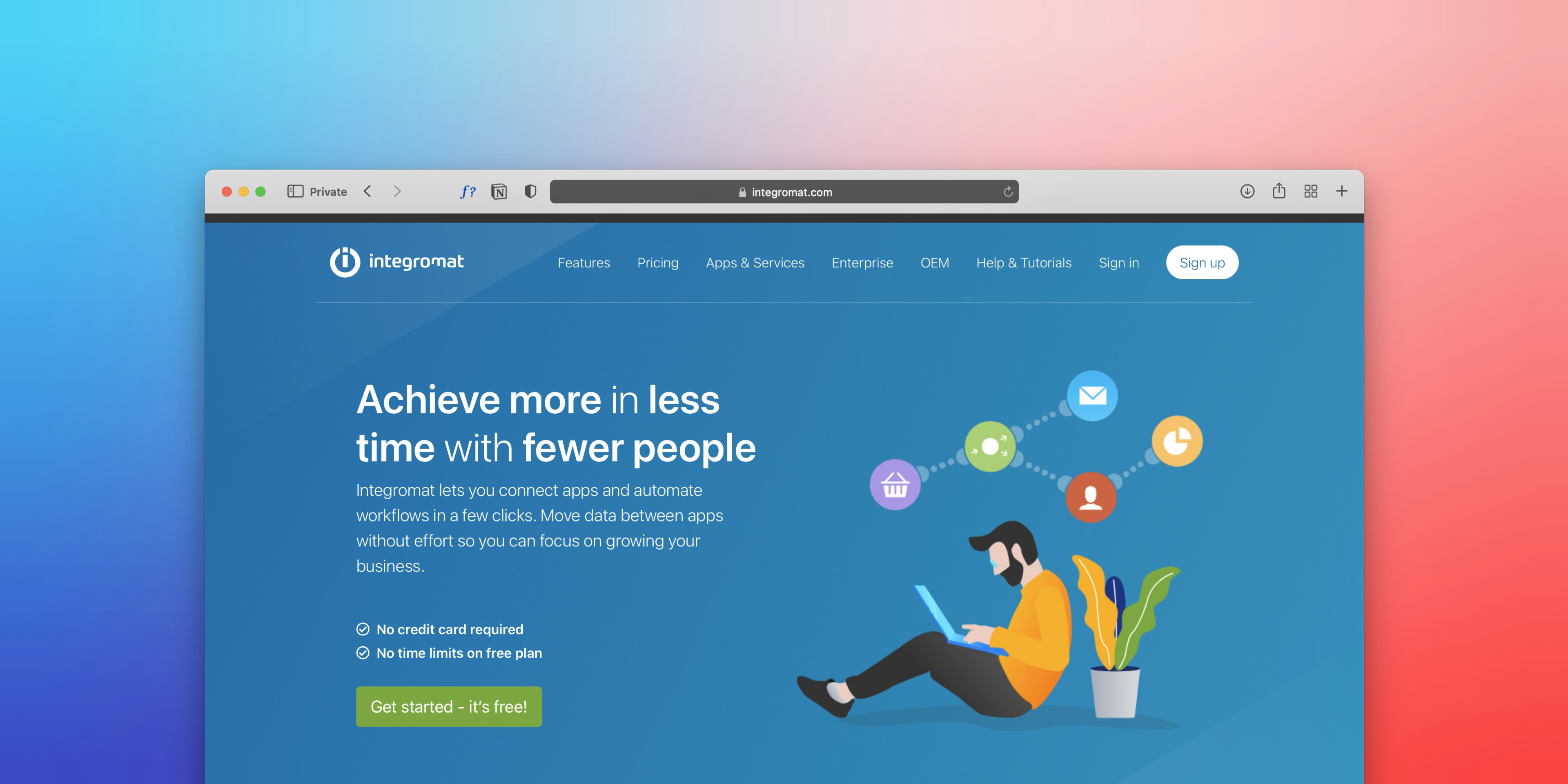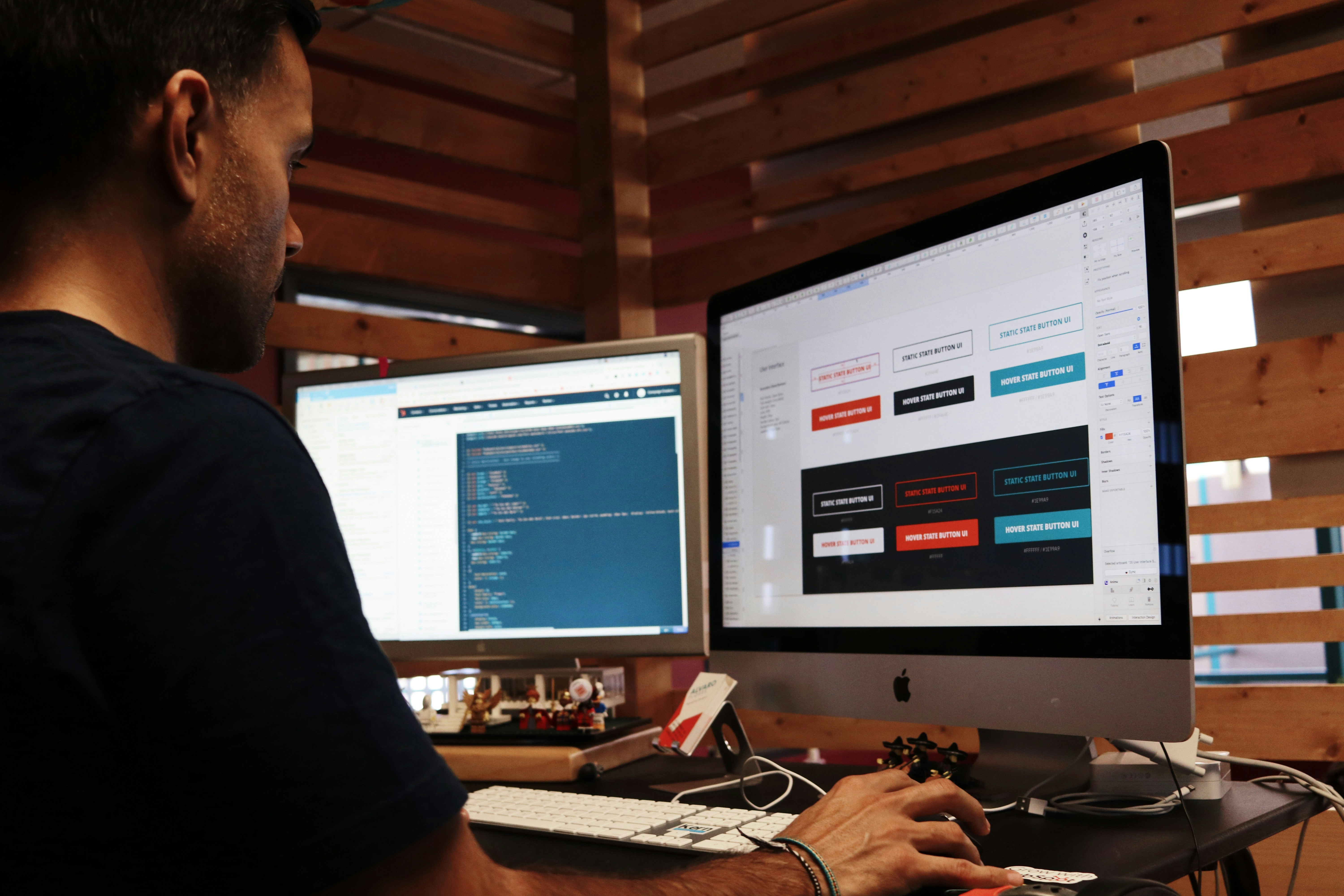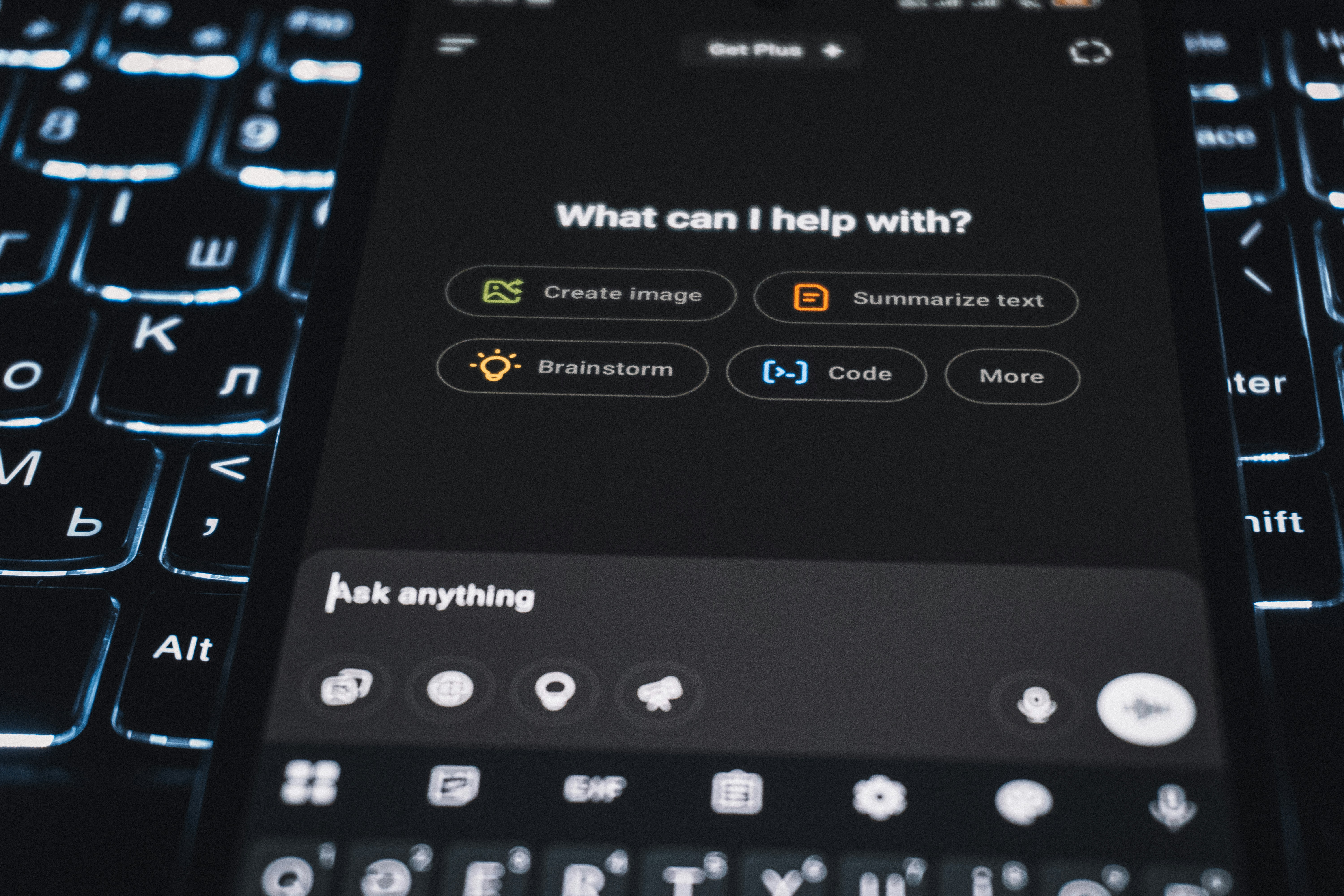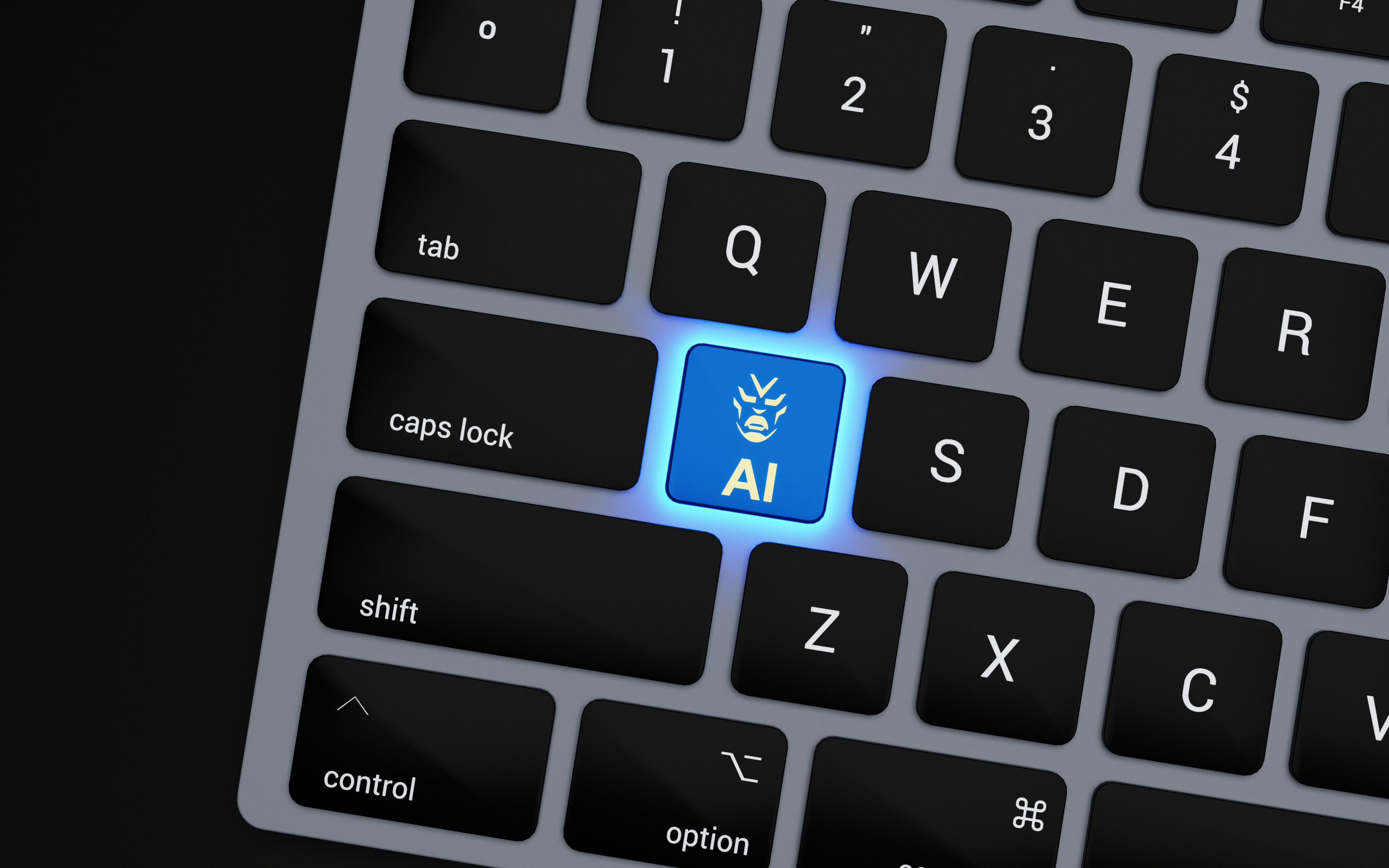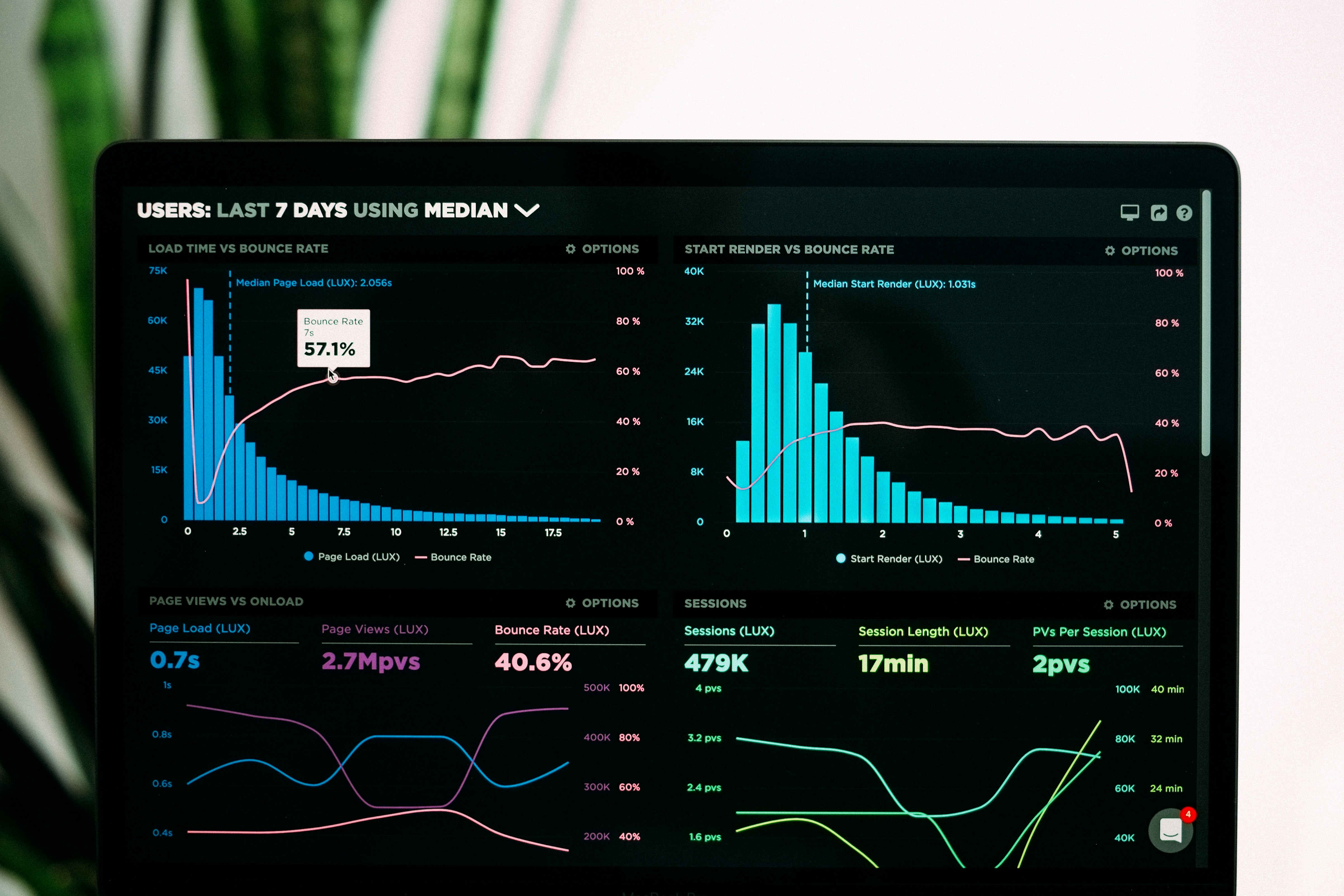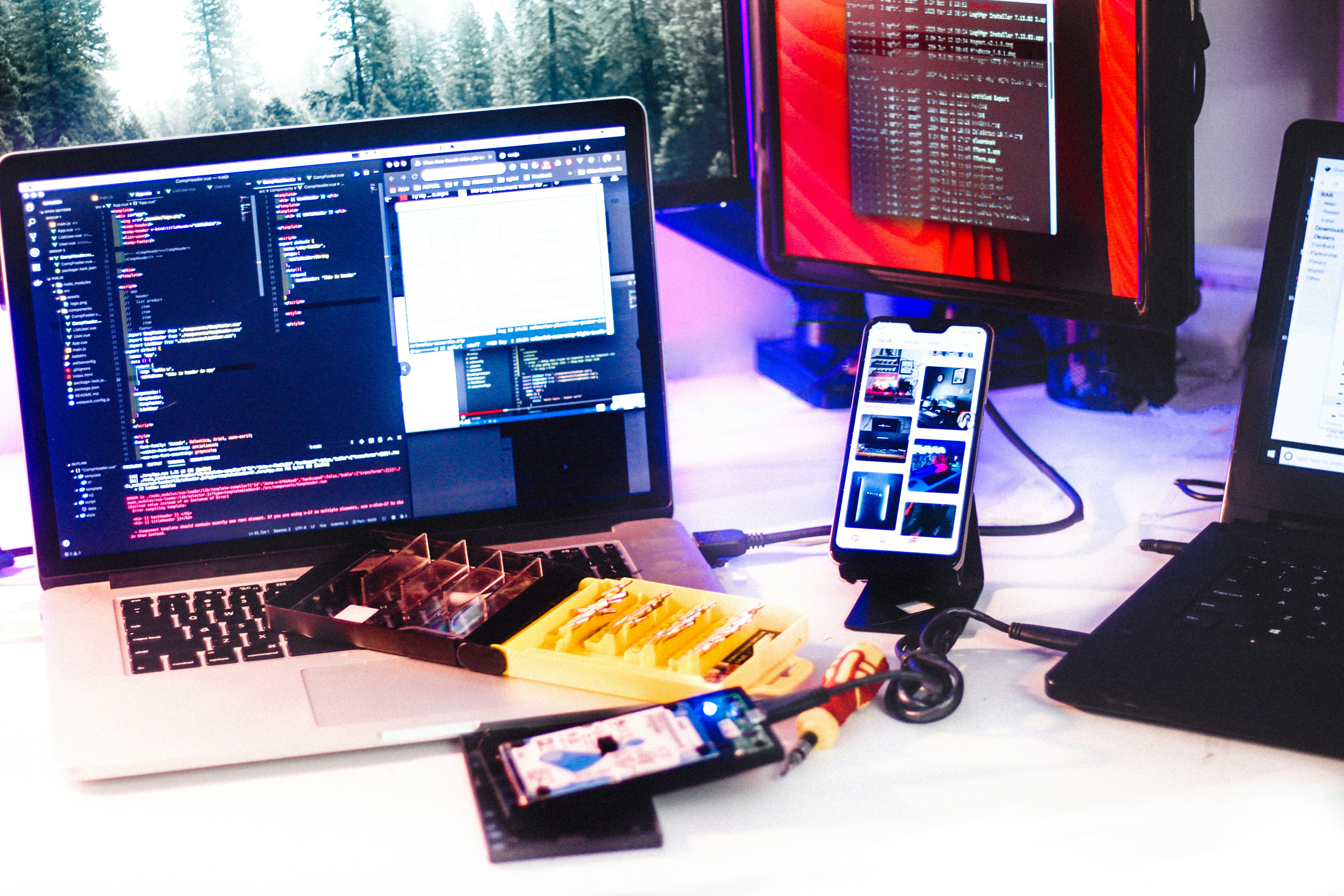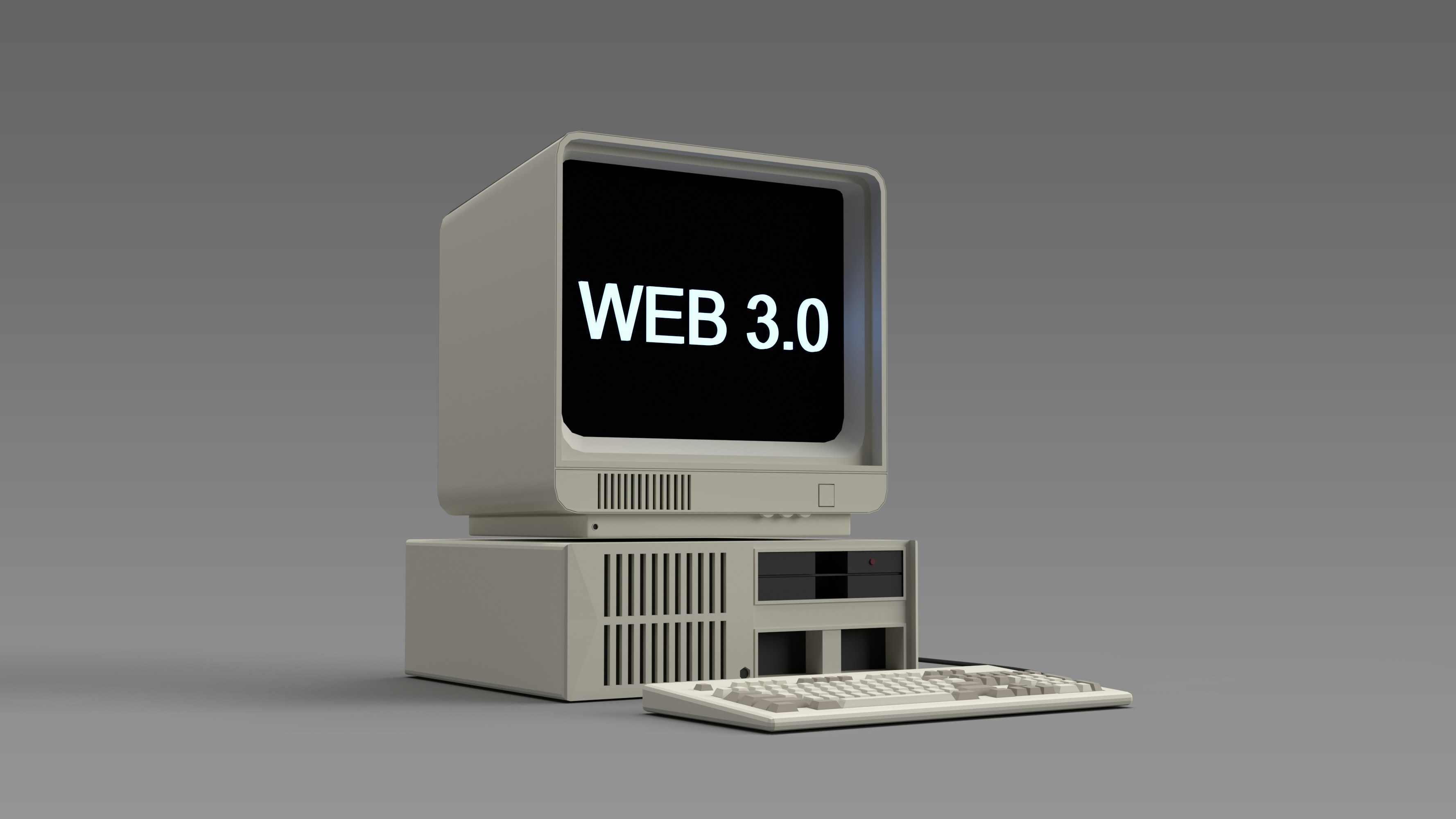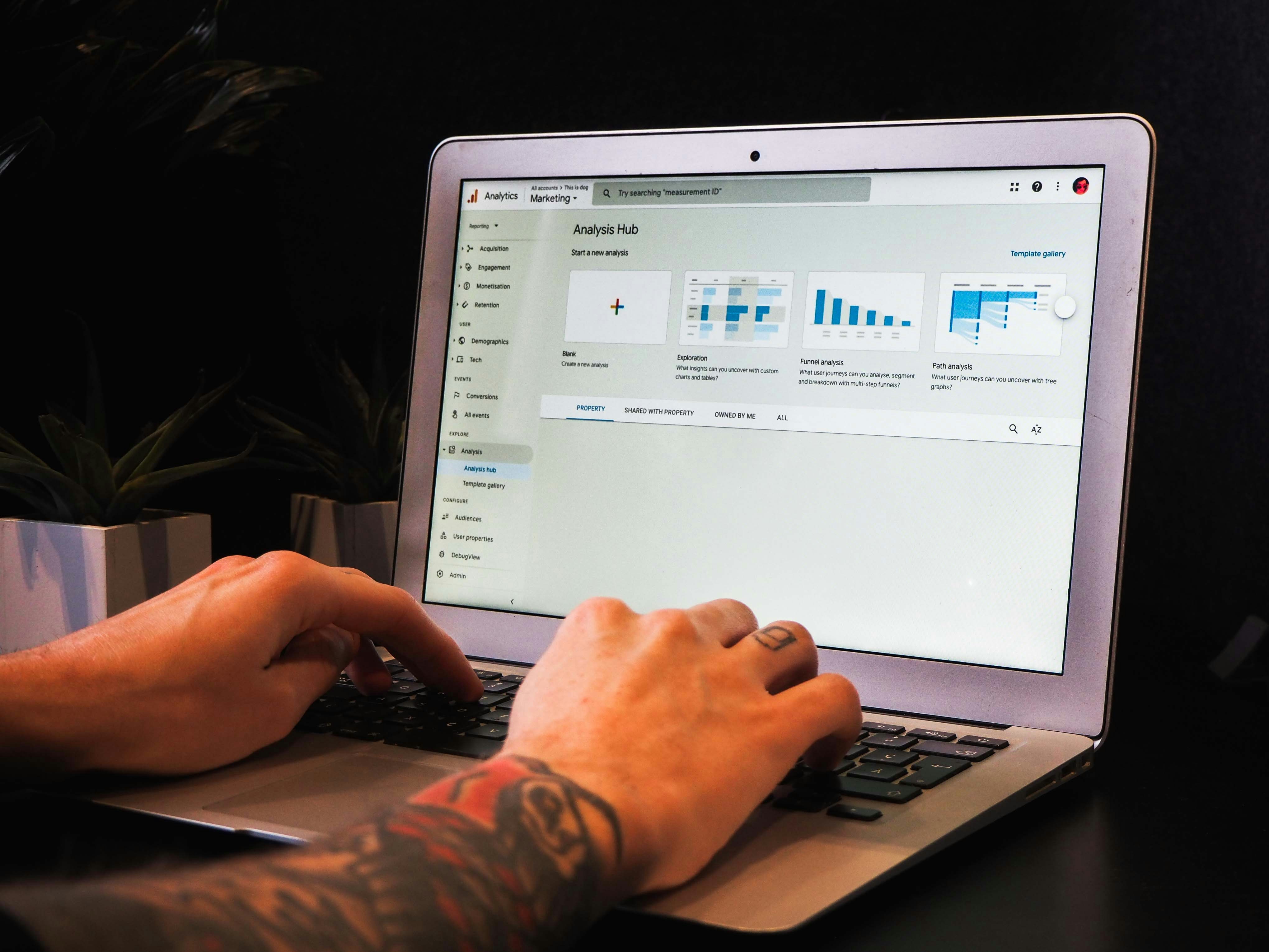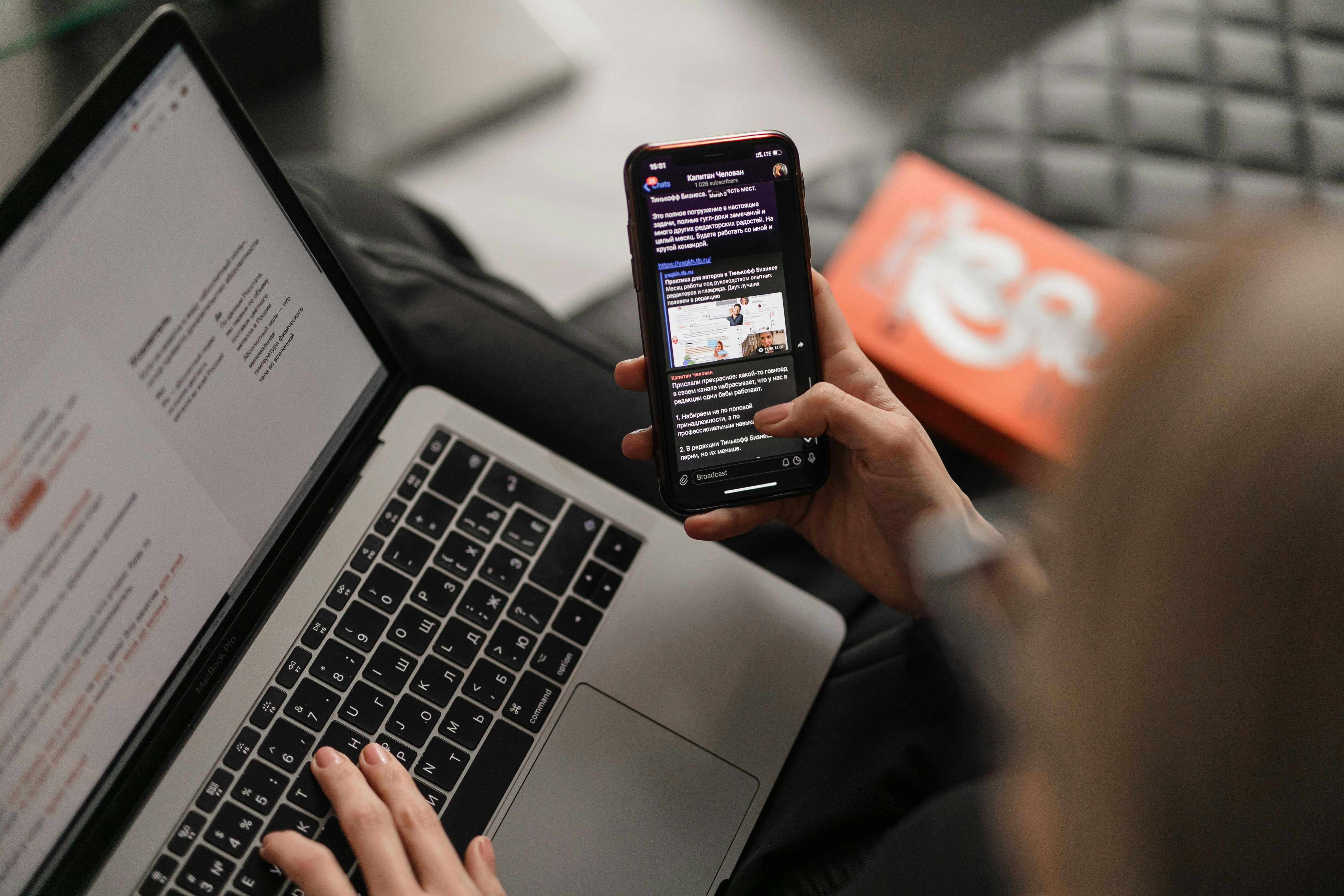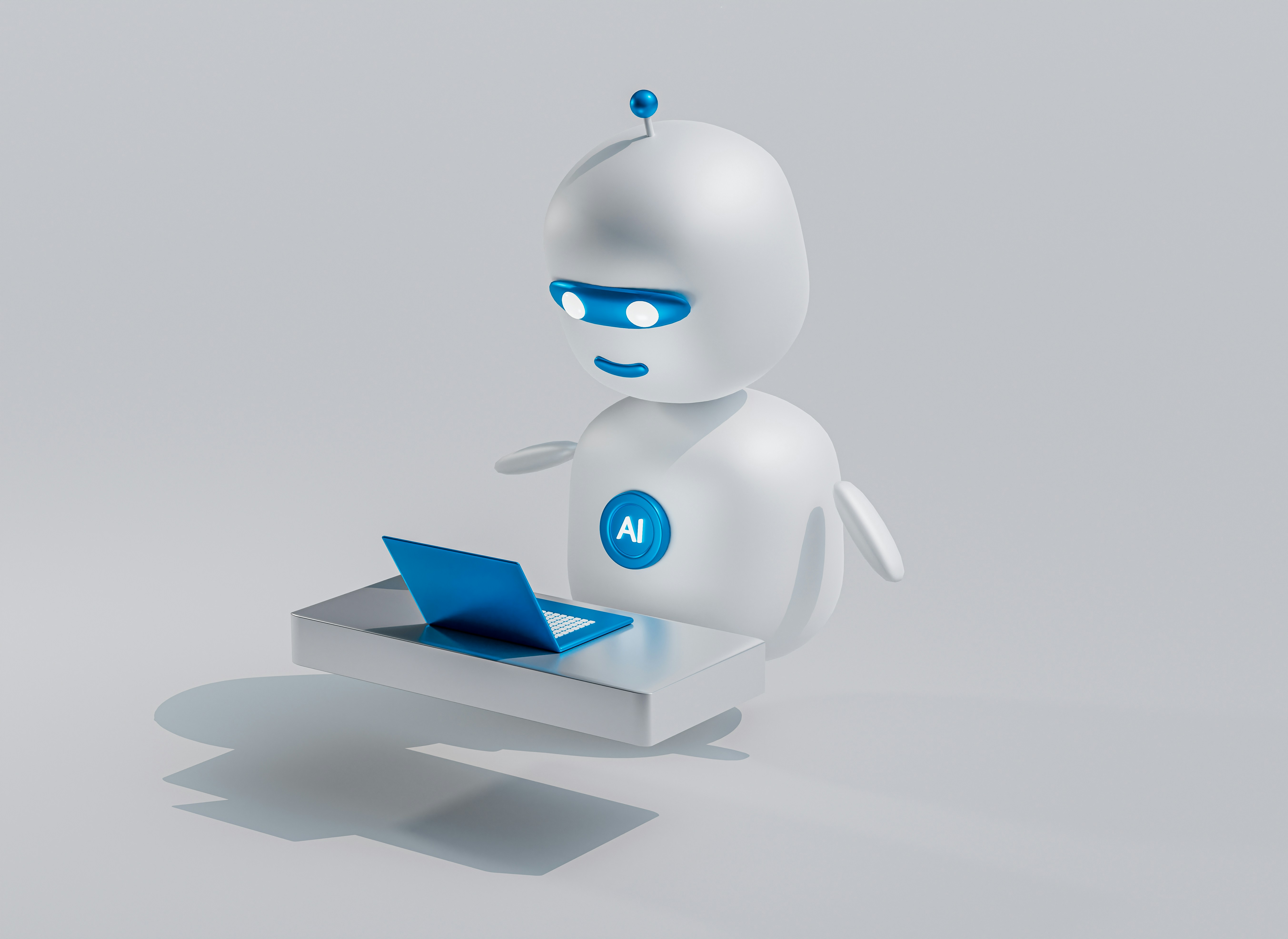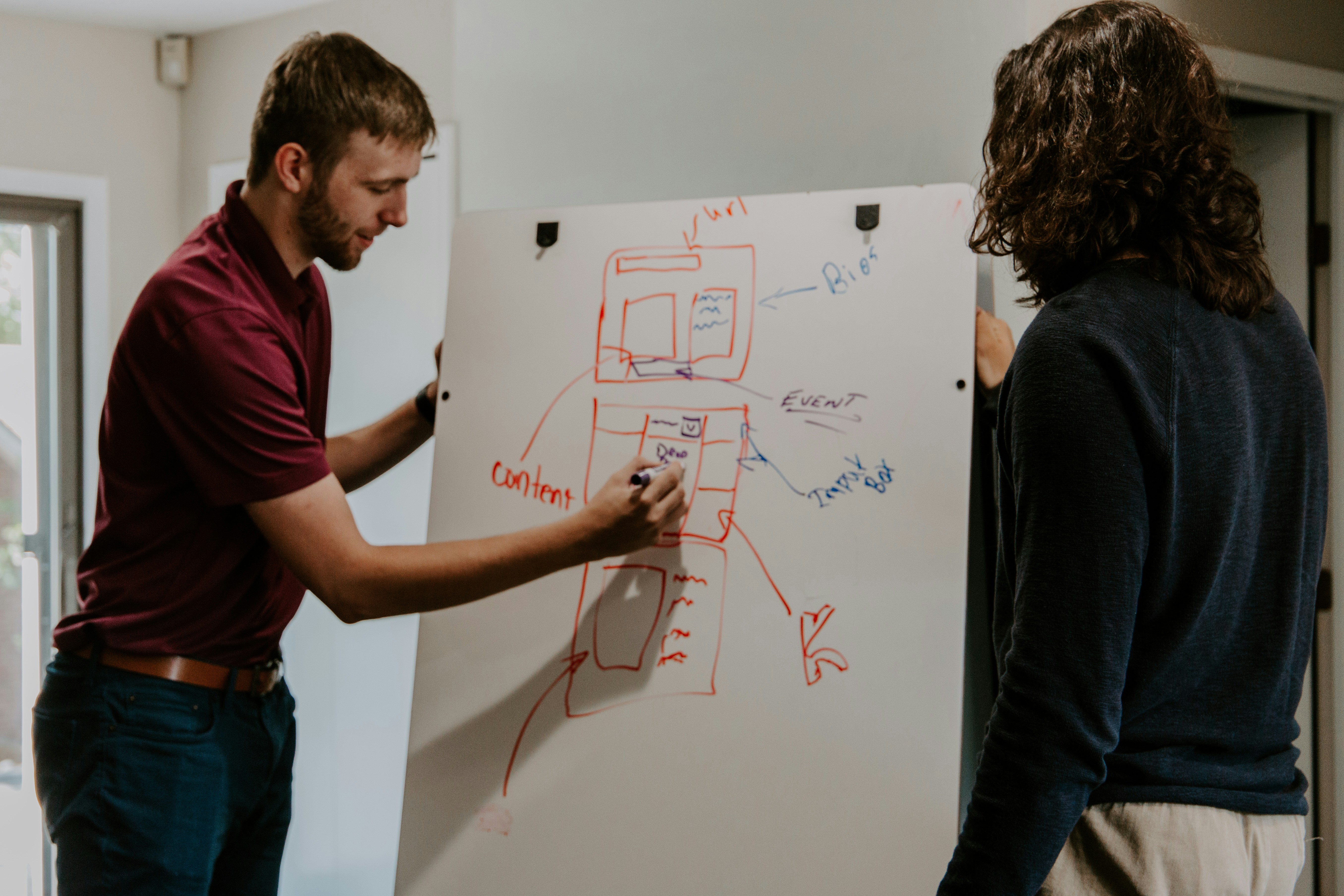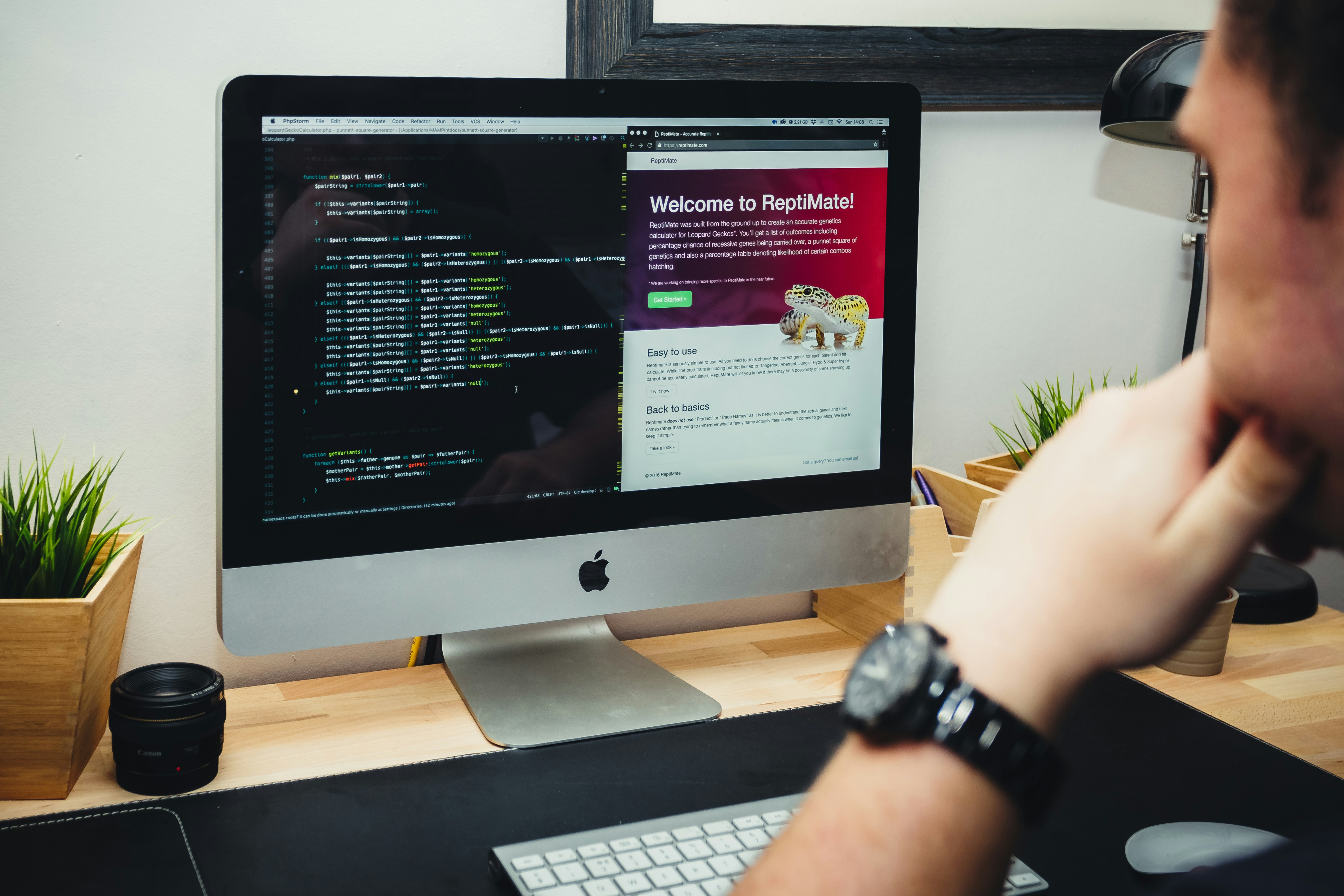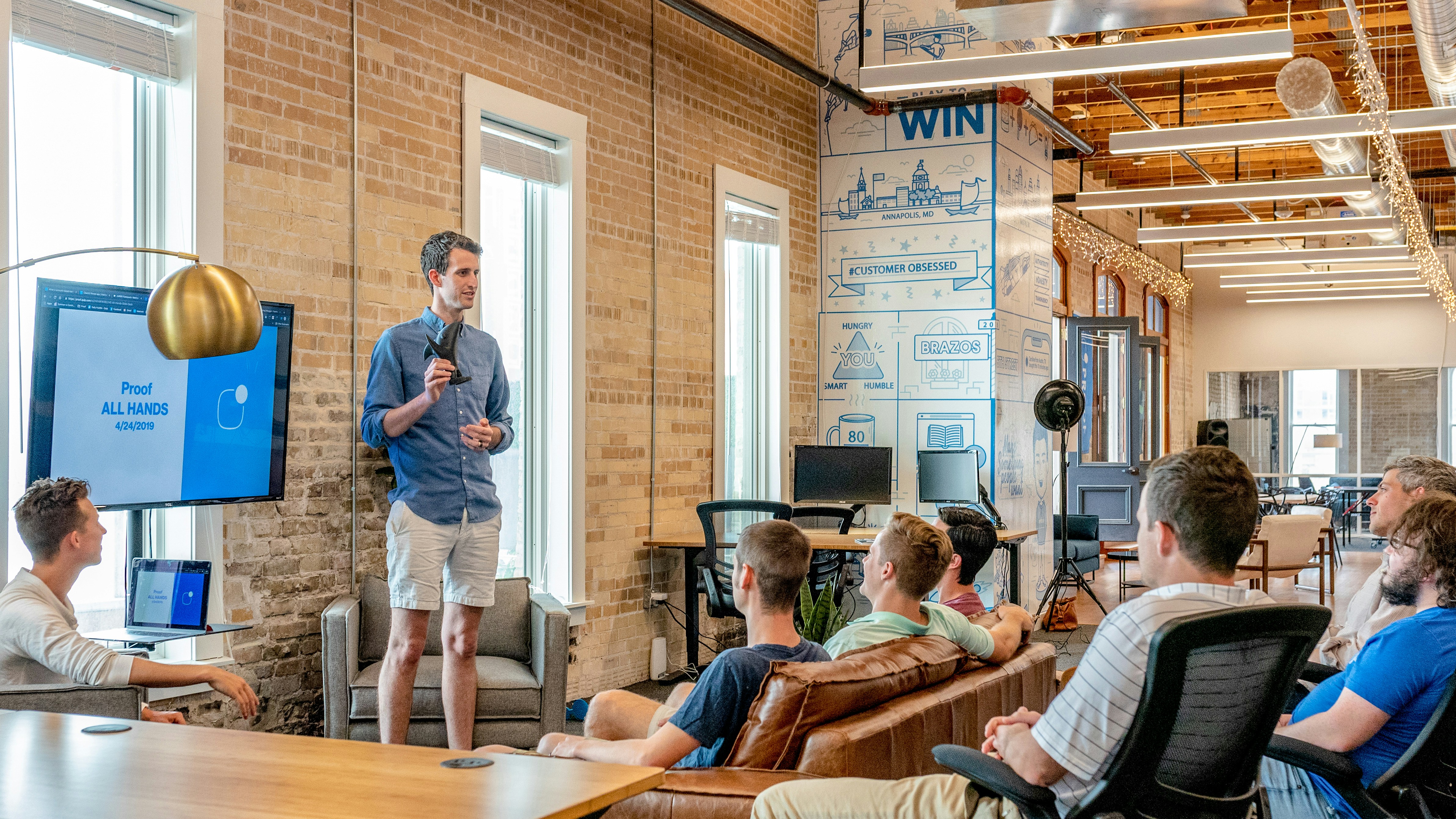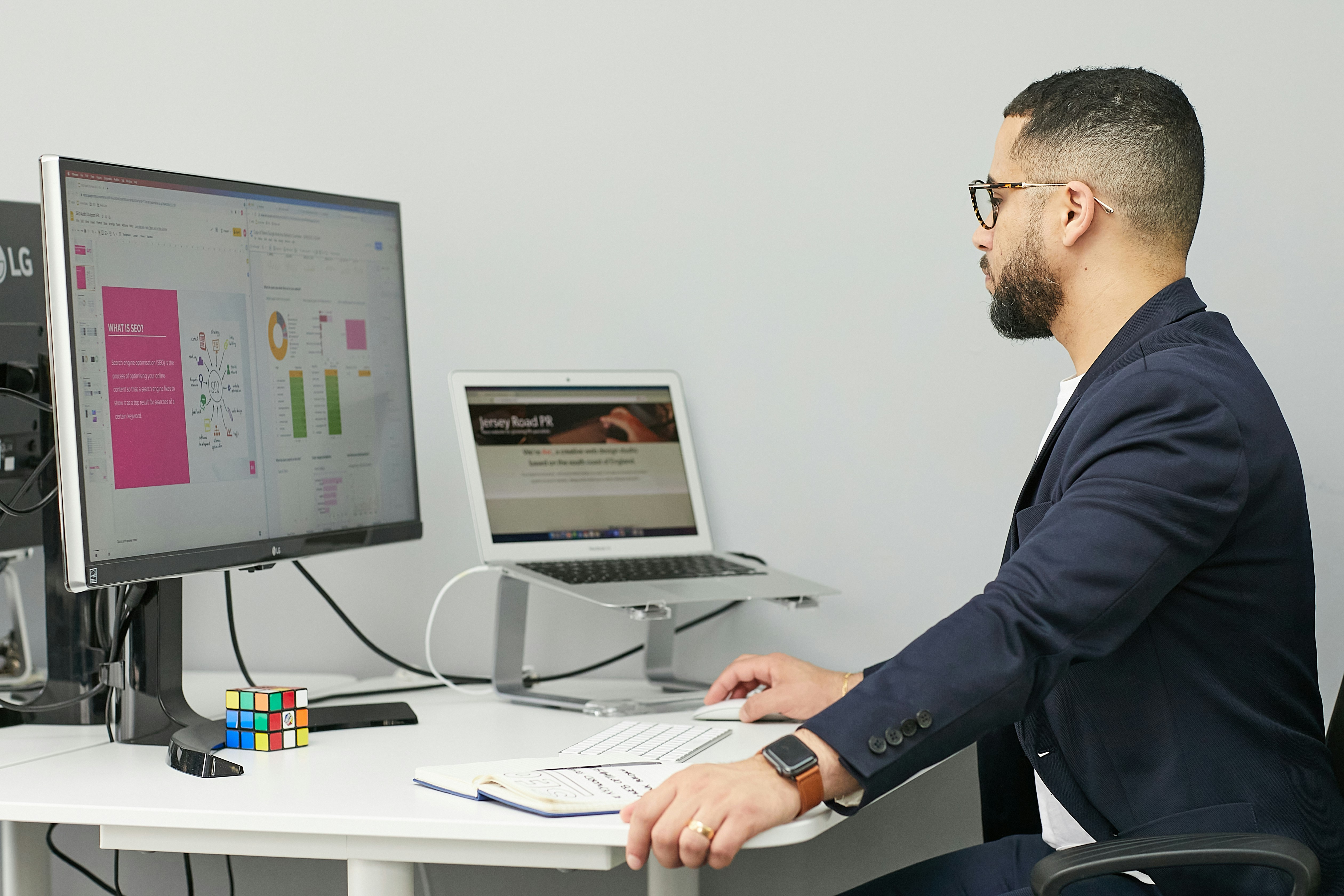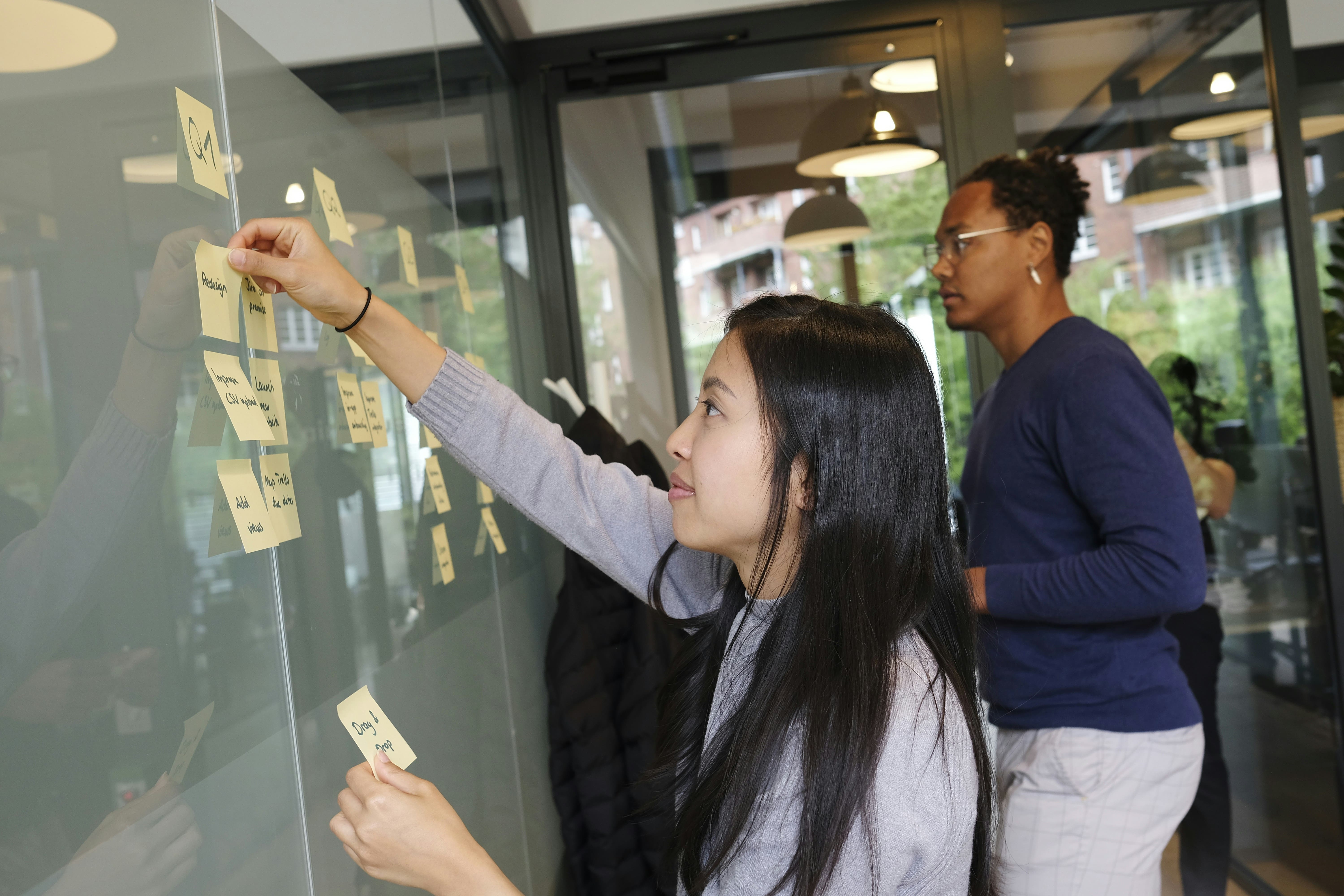The Future of Work with AI: Opportunities and Challenges for Entrepreneurs and Teams
Artificial intelligence (AI) is not just another technological innovation — it represents a fundamental shift in how we work, run businesses, and collaborate. Where previous revolutions mainly automated physical or manual tasks, AI goes a step further. It can think, analyze, decide, and even create. That means AI doesn’t just affect the way work is executed; it transforms the very core of how organizations operate. For entrepreneurs, this means their business isn’t simply adopting a new tool — it’s potentially reshaping its entire structure.
How AI Is Transforming Jobs and Roles
Not every job will be affected in the same way, but change is inevitable. Roles that consist largely of repetitive or predictable tasks — such as administration, data entry, or basic customer service — are increasingly being automated, either partially or completely. AI systems can perform these tasks faster, more efficiently, and with fewer errors, helping entrepreneurs cut costs and streamline operations.
However, this doesn’t mean these jobs will disappear entirely. Instead, they’re evolving. People are shifting toward roles where they oversee AI systems, manage exceptions, or strengthen the human side of customer experience.
Creative professions are not immune to this transformation either. Copywriters, marketers, designers, and content creators are increasingly working alongside AI tools that can handle part of their workload. Yet human input remains essential. The true power of creativity lies in vision, emotion, and originality — qualities AI cannot fully replicate. Technology enhances speed and execution, but the soul of creativity remains human.
New Roles and Skills in the Age of AI
While some jobs are changing or fading away, new opportunities are emerging. The rise of AI has created roles that barely existed five years ago. Think of the prompt engineer — someone specialized in crafting precise instructions to guide AI systems. Other emerging roles include AI trainer, data ethicist, and human–AI collaborator, each reflecting the growing need for people who can bridge the gap between technology and human judgment.
For entrepreneurs, now is the time to invest in upskilling and internal knowledge development. Companies that prepare their teams to work effectively with AI are building future-proof organizations. New layers of management are also taking shape — ones focused on ethics, transparency, and accountability. Who oversees how AI makes decisions? How do we ensure those decisions remain fair and understandable? These are becoming key leadership questions in the modern business world.
How AI Is Changing Teams, Collaboration, and Culture
The integration of AI doesn’t just transform individual jobs; it also reshapes how teams operate. As AI takes over repetitive tasks, employees can focus more on collaboration, innovation, and customer relationships. Teams are becoming smaller, more flexible, and increasingly strategic.
For entrepreneurs, this means organizational structures are shifting. Operational roles give way to more creative and analytical positions, while decision-making becomes increasingly data-driven and AI-assisted.
Collaboration itself is evolving too. AI tools make remote work smoother and more efficient than ever before, enabling businesses to operate on a global scale without distance being an obstacle. Communication, planning, and project management are now supported by intelligent assistants that automate routine work and help teams stay focused on what truly matters — creating value for customers.
What Entrepreneurs Can Do Today
The future of work with AI is not a distant concept — it’s unfolding right now. Entrepreneurs who take proactive steps today are positioning themselves ahead of the curve. Start small: experiment with AI in a single business area, such as customer service, marketing, or data analysis. Invest in learning and help your team understand not only how AI tools work, but also how they impact processes and decision-making.
The key lies in balance: embrace the power of automation while maintaining the human touch. Companies that combine technology with empathy, creativity, and transparency are the ones building a future where humans and machines truly complement one another.






